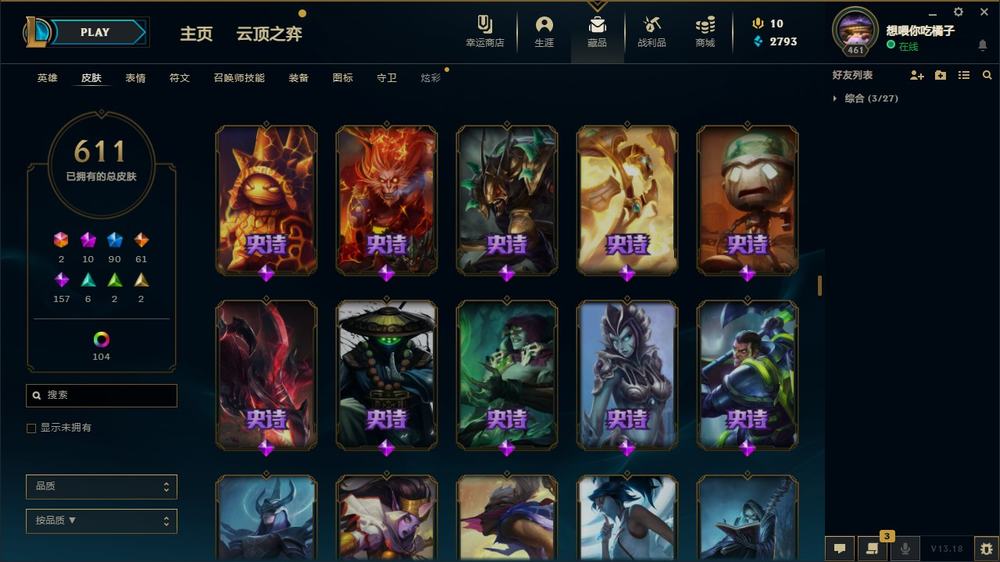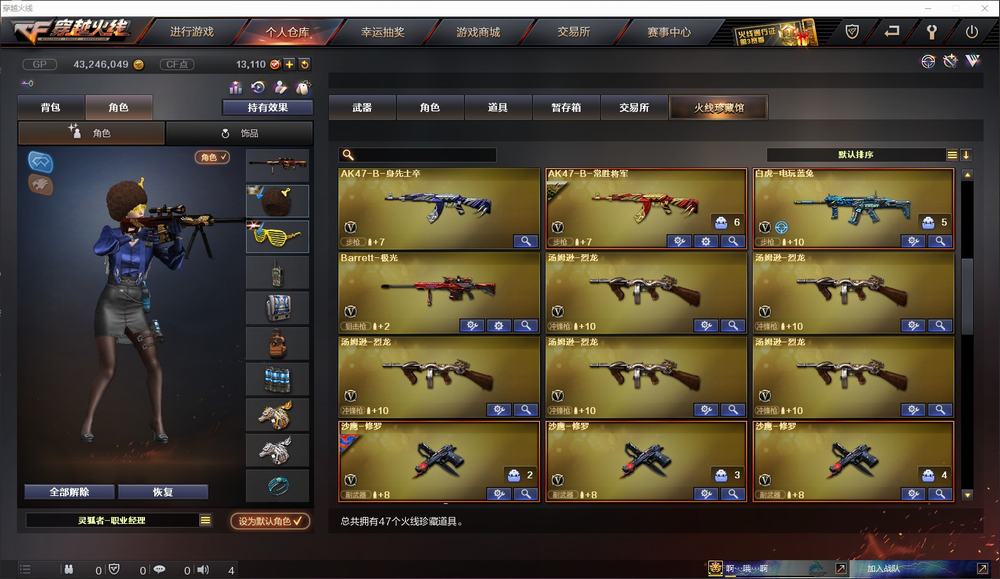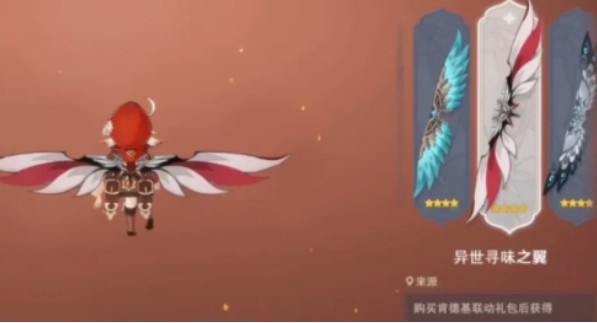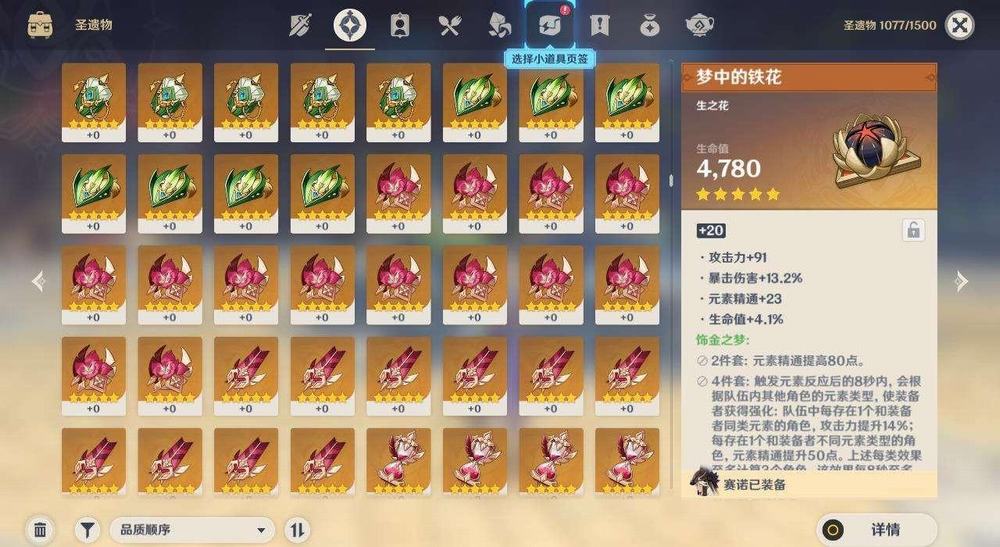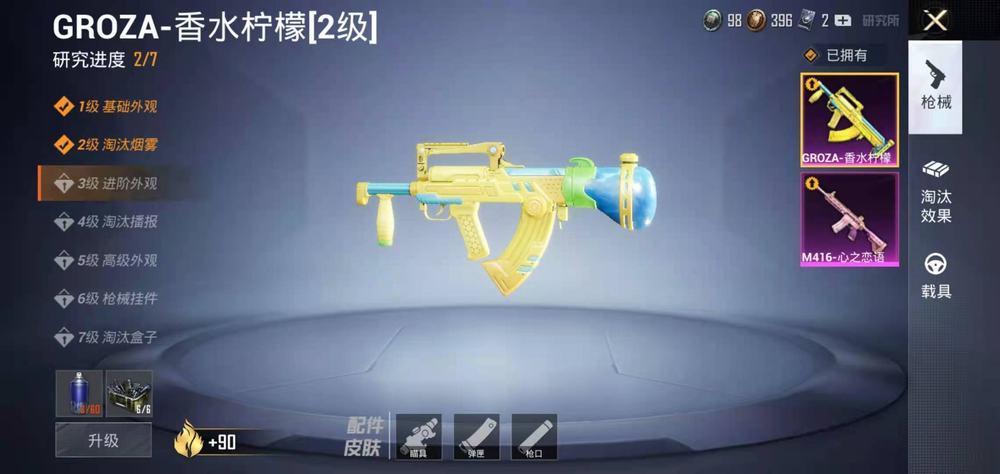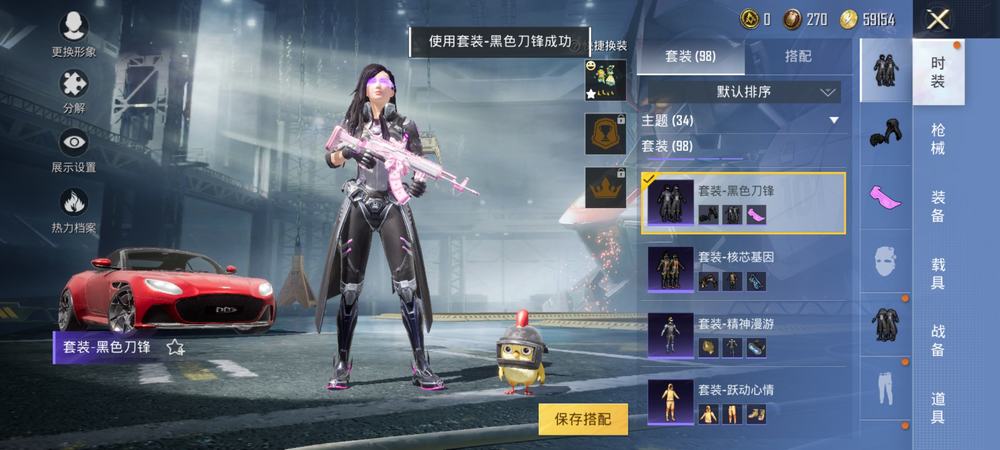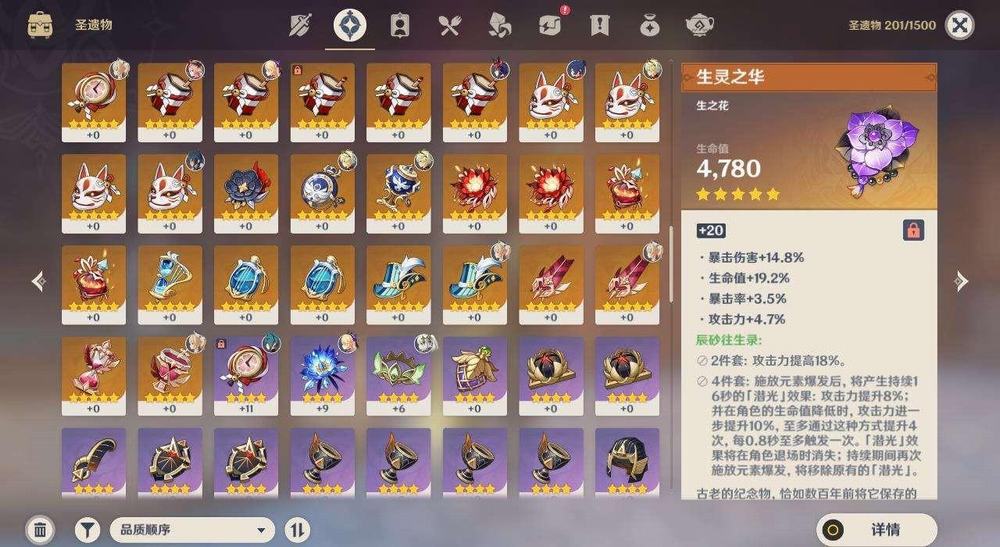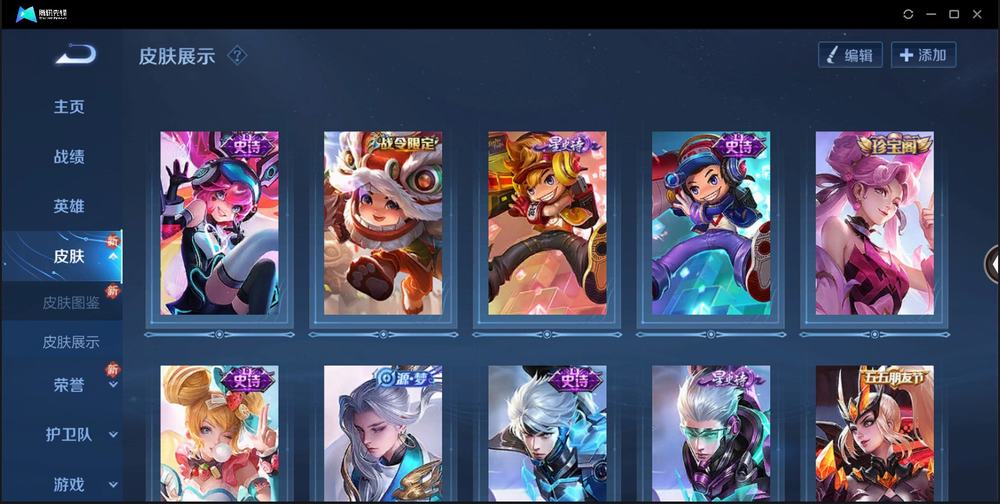CF(CrossFire)是一款以团队合作为核心的第一人称射击游戏,自2008年上线以来一直深受玩家喜爱。近年来许多玩家都遇到了一个共同的问题,就是在进入游戏地图时加载时间过长,而且出图也异常缓慢。这个问题严重影响了玩家的游戏体验,下面将从技术、服务器和网络三个方面分析该问题的原因。

技术方面是CF进地图很慢和出来也慢的主要原因之一。CF作为一款射击游戏,要求对玩家的硬件配置和操作系统要求较高。而现在的游戏开发越来越注重画面和特效的表现,这无疑增加了游戏的硬件需求。即使玩家的硬件配置达到了游戏的最低要求,但在地图加载和游戏过程中,依然会存在卡顿和延迟的情况。游戏中的各种粒子特效、光影效果和火焰效果都需要较高的GPU性能去处理,这也是导致游戏卡顿的一个重要原因。
服务器方面也是导致CF进地图慢和出来也慢的原因之一。在多人在线游戏中,服务器扮演着连接玩家和游戏的重要角色。由于CF是一款团队合作游戏,玩家需要与其他玩家建立稳定的网络连接,才能在游戏中进行配合和作战。服务器的负载和网络带宽等因素都会影响游戏的流畅度和加载速度。如果服务器的负载过高或网络带宽不足,就会导致游戏卡顿、延迟以及进入和退出地图的速度变慢。
网络环境也是导致CF进地图慢和出来也慢的重要原因之一。CF是一款多人在线游戏,玩家需要通过互联网来连接到游戏服务器。网络延迟和丢包率等网络问题都会影响玩家与服务器的通信速度和稳定性。尤其在网络不稳定或高峰期,游戏加载和出图的速度会显著下降。而网络的稳定性也影响着游戏体验,因为如果网络不稳定,玩家在游戏中可能会出现卡顿、延迟等问题。
CF进地图很慢出来也慢的问题主要源于技术、服务器和网络三个方面。游戏开发者需要在技术方面进行优化,减少游戏的硬件需求和优化游戏的画面特效,以提升游戏的流畅度。游戏运营商需要提供稳定的服务器和足够的带宽,以确保玩家的连接速度和游戏体验。玩家自身也可以尝试改善网络环境,例如使用有线连接代替无线连接、选择网络稳定的时间段进行游戏等。通过共同的努力,相信CF进地图很慢出来也慢的问题可以得到有效解决,为玩家提供更好的游戏体验。
CF沙漠灰地图点位叫法
一、CF沙漠灰地图概述

CF沙漠灰地图是网络游戏《穿越火线》中的一张多人对战地图,被广大玩家喜爱并广泛应用于职业比赛及线上游戏。该地图以其独特的地形和战术要求而备受瞩目。下面将介绍CF沙漠灰地图中常用的点位叫法,帮助玩家更好地理解和运用。
二、A点叫法
A点位于CF沙漠灰地图的左侧,是游戏中的战略重点之一。它常用于玩家进行主动进攻或防守。玩家们通常将该点位划分为两个区域,分别是A1和A2。A1通常用于防守,A2则是进攻时的理想位置。A1通常由防守方占领,可进行射击控制。而A2则是进攻方的理想进攻点,可以观察到敌人的位置并展开有效的攻击和推进。
三、B点叫法
B点位于CF沙漠灰地图的中央,是整张地图的关键地点。它是进攻方和防守方争夺的焦点。在B点的控制上,玩家们通常会使用术语“控B”、“守B”和“攻B”等。“控B”指的是防守方成功守住B点,而“守B”则是指进攻方成功攻下B点将之守住,反之,“攻B”则是指进攻方成功夺取B点并推进到下一阶段。
四、C点叫法
C点位于CF沙漠灰地图的右侧,与A点相对。C点的叫法与A点类似,通常划分为C1和C2。C1是防守方的主要据点,可用于有效控制区域。C2则是进攻方的理想位置,有较好的视野和射击控制。玩家们通常会根据实际情况选择与自己阵营相对的C点进行进攻或防守。
CF沙漠灰地图的点位叫法是游戏中常用的术语,旨在简化沟通、提高战术效果。通过了解A点、B点和C点的叫法,玩家们可以更好地协同作战,有效控制地图,并取得更胜一筹的战斗结果。CF沙漠灰地图的点位叫法对玩家来说是必备的基本知识,掌握这些叫法可以在游戏中获得更好的战斗体验和成就感。
CF识别不出来的生僻字
CF (Curation of Rare and Forgotten Characters) is an important tool used to recognize and categorize characters in the Chinese language. However, there are certain rare and uncommon characters that CF may struggle to identify accurately. This article aims to delve into this issue and explore the reasons behind it.

The Challenges of Identifying Rare Characters
One major challenge that CF faces when identifying rare characters is the limited availability of data. CF relies on a large database of characters to match and classify incoming characters. However, the inclusion of rare characters in this database is often inadequate, leading to recognition errors. The scarcity of examples for rare characters hampers the system's ability to correctly identify them.
Moreover, the complexity and diversity of rare characters pose another challenge. These characters often contain intricate strokes, unorthodox structures, or unique components that differ significantly from commonly used characters. This complexity makes it harder for CF to accurately process and recognize these characters, resulting in misidentification.
The Role of Contextual Information
Contextual information plays a pivotal role in character recognition, especially for rare characters. CF relies heavily on context to improve recognition accuracy. However, rare characters often lack sufficient contextual information, leading to ambiguity or misinterpretation. Without enough contextual clues, CF may struggle to accurately identify rare characters and may produce incorrect results.
The Importance of Continuous Learning and Updates
CF's ability to recognize rare characters can also be improved through continuous learning and updates. As rare characters are encountered more frequently, CF can learn from the accumulated data and adapt its recognition capabilities accordingly. This ongoing learning process helps to enhance CF's accuracy and expand its database to include more rare characters.
Conclusion
In conclusion, while CF is an essential tool for character recognition, it faces challenges when identifying rare and uncommon characters. Limited data availability, the complexity of rare characters, the lack of contextual information, and the need for continuous learning and updates all contribute to CF's difficulty in recognizing these characters accurately. As technology advances and more comprehensive databases are created, the accuracy of CF in identifying rare characters is expected to improve.


